The post All Dogs Are Not Equal by Jackie Brown appeared first on Dogster. Copying over entire articles infringes on copyright laws. You may not be aware of it, but all of these articles were assigned, contracted and paid for, so they aren’t considered public domain. However, we appreciate that you like the article and would love it if you continued sharing just the first paragraph of an article, then linking out to the rest of the piece on Dogster.com.
Let’s look at some of the reasons all dogs are not created equal and why all dogs need different training approaches.
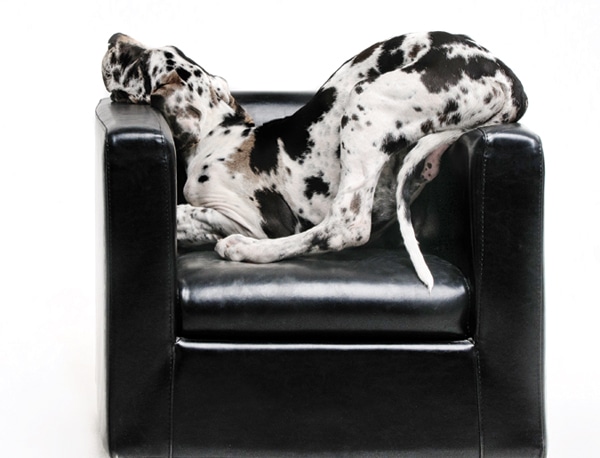
If you have a large or giant breed dog, like an Akita, Alaskan Malamute, Belgian Malinois, Bernese Mountain Dog or Great Dane, you need to train and socialize him very well or you’ll have big problems like the dog taking over all areas of the house, loud barking and aggressiveness (which is much scarier to your fellow man than in a small dog), leash pulling that will pull you off your feet, or jumping up and knocking people over. Photography courtesy ©YuraDobro | Getty Images
Breed (or mix of breeds)
Your dog’s ancestry is arguably the thing that influences him the most. All breeds were developed to do specific jobs, and different breeds have different characteristics that are hardwired after many generations of selective breeding.
“Know what the breed was bred to do,” says Allan Reznik, a journalist, editor and broadcaster who specializes in dog-related subjects. “Working dogs, herding dogs and sporting dogs are bred to work with man. They’re just more in tune with man and very much into pleasing you than say, a Terrier or a Hound. Those are dogs that basically just ran around killing vermin or chasing game; they didn’t require the same level of obedience.”
Think of your dog’s special breed traits as his superpowers and harness them for good, not evil. For instance, an obedient breed like a Golden Retriever or Australian Shepherd will love learning as many awesome tricks as you can teach. Beagles and Bloodhounds, while less obedient due to their distracting, incredible sense of smell, are awesome at dog sports like tracking and nosework. Extremely active dogs like Russell Terriers, Siberian Huskies, Border Collies, Labs and Dalmatians, excel at agility and make excellent hiking and jogging companions. Terriers will keep your yard gopher- and rat-free!
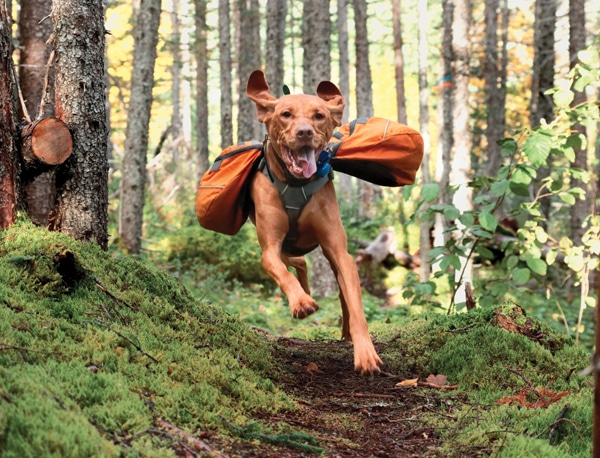
If you have an extremely active dog breed or mixed breed, such as a Boxer, Bullmastiff, American Staffordshire Terrier, Doberman, German Shorthaired Pointer, Greyhound or Vizsla, then lots of daily exercise is a must or you’ll have a hyper dog with undesirable behaviors because he is under-exercised. Photography courtesy ©FiN85 | Getty Images
Size and strength
All dogs need socialization and training, but big dogs and little dogs act differently and need different types of socialization and training. When you bring home a large-breed puppy, start your training off from Day One anticipating that your little puppy will no longer be small.
“Don’t allow a puppy to do anything that you wouldn’t allow an adult to do: That means play biting, that means pulling on the leash,” says Allan, who is also an American Kennel Club judge and the former editor-in-chief of Dogs in Review and Dog Fancy magazines. “It may be cute if a puppy does it, but as the dog gets older and stronger it’s going to be that much more difficult to break him of old habits.”
A dog’s size and strength can clue you in to the types of things you might need to work on in the future. For instance, a Yorkshire Terrier jumping up on you isn’t too bothersome, but a full-grown Mastiff jumping up on you can cause some serious trouble.
“Owners of large dogs might be more focused on things like pulling on leash, reactivity and jumping, while owners of smaller dogs may be more focused on housetraining and good social skills,” says Lori Nanan of New Hope, Pennsylvania, founder of the nonprofit Your Pit Bull and You, a resource created to highlight rewards-based training and promote Pit Bulls in a positive light. “In any case, the reality is that dogs are dependent on us to teach them how to live happily and harmoniously in our complex human world.”
For little dogs, focus on socialization and building confidence. Some people get into the bad habit of carrying little dogs around all the time instead of letting them explore the world on their own.
“You’re not doing the dog a favor by treating him like a furry baby,” Allan says. “You need to build the dog’s confidence. Let your dog walk on his own four feet. If the dog is momentarily frightened, resist the urge to pick him up and cuddle him and talk baby talk. Encourage him, but don’t overly pamper or baby the dog.”
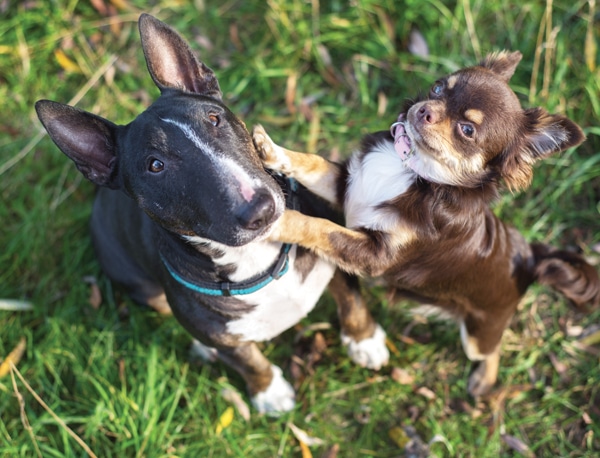
If you have a small but very alert dog breed, like a Miniature Schnauzer, Dachshund, many of the Terriers, Chihuahua or Miniature Pinscher, you’ll want to focus on socialization, or you’ll have a dog that barks at every stranger, whether they are a danger or not. Photgraphy courtesy
©onetouchspark | Getty Images
Do your homework
In a perfect world, we would all do our research and carefully consider an individual puppy or dog’s personality and other traits carefully before bringing him home.
“People who live active lifestyles will do best with a dog who enjoys engaging in activities such as hiking, running, camping, etc.,” says Lori, who is also a staff member for the Academy for Dog Trainers. “Older folks might do best with an older dog who is past the puppy madness. All dogs are individuals, and there are factors that may play into temperament that are apart from breed. Considering this ahead of time can make for a happier life for all involved.”
Of course, the reality is that many of us fall in love with a dog at first sight — thoughtful reflection goes out the window. But even if you already have a dog, you can do some research about his breed or mix of breeds to help yourself better understand his drives and motivations. Trying to learn what makes your dog tick can go a long way toward helping you resolve his behavior challenges.
“The thing about a purebred dog is you can read up on them and you know you’re going to get a dog with certain predictable qualities, both physical traits and behavioral traits,” Allan says.
If you have a mixed breed, do a DNA test to help you figure out which breeds to research. While some results are quite mixed, there may be one or two breeds that make up the majority.
Your dog is unique
All dogs are not created equal — and all dog behavior is not the same. Whether you just brought home a puppy or have been struggling with behavior challenges for years, looking at your dog with fresh eyes can help prevent or resolve future issues.
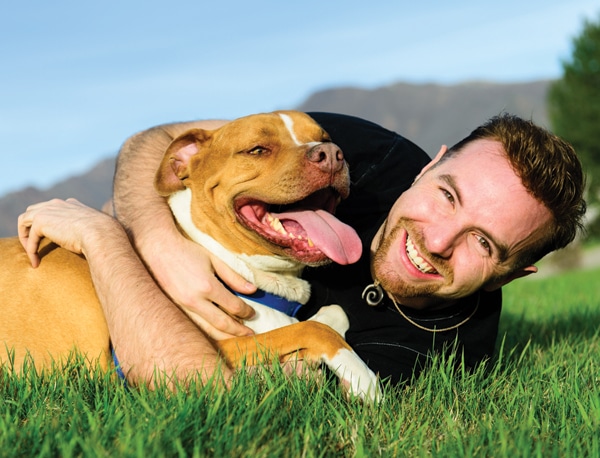
Photography courtesy ©alexkich | Getty Images
BSL and You
Breed specific legislation, or BSL, refers to laws that ban or restrict certain breeds of dogs or types of dogs, like Pit Bull type dogs, in an effort to curtail dangerous or aggressive animals. Unfortunately, BSL hasn’t done much to decrease dog bites. The good news is that 22 states have outlawed breed discriminatory laws in favor of laws that address behavior rather than breed. But BSL is still a sad reality for some pet owners.
If you own a Pit Bull type breed, Rottweiler, German Shepherd Dog or any other breed targeted by BSL, do your part to combat the stereotypes by being a responsible dog owner. “Abide by the very basic rules that we have,” says Deirdre Franklin, founder of the advocacy and rescue group Pinups for Pitbulls. “Walk your dog on a leash. Get them vaccinated.”
Deirdre, who earned her master’s degree in public policy and wrote her thesis on breed discriminatory laws, advises knowing your dog’s limitations when it comes to interactions with dogs, other animals and people. “If you know your dog isn’t capable of handling a certain situation, don’t set them up to fail by bringing them there,” she says. “Watch your dog and don’t leave them alone with children — all dogs, not just Pit Bull type dogs.
All dogs have teeth. All dogs are capable of biting.”
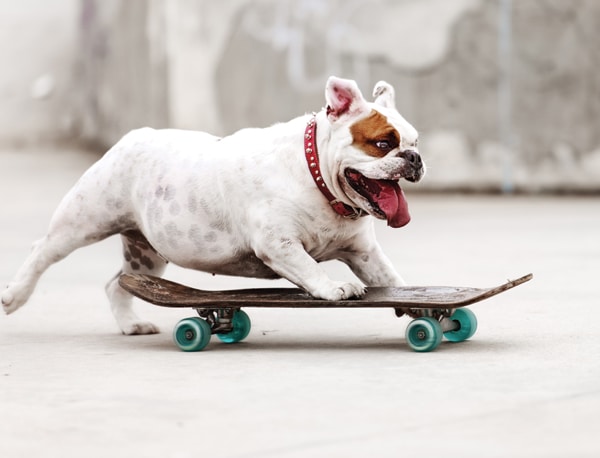
Photography Courtesy ©lisegagne | Getty Images
Bring Out The Best In Your Dog
How well do you know your dog? To train your dog effectively, you must understand what makes him tick. “At heart, all dogs are the same, but they come in different sizes, shapes and personalities,” says veterinarian Gary Weitzman, DVM, CEO of the San Diego Humane Society and author of the National Geographic Complete Guide to Pet Health, Behavior, and Happiness: The Veterinarian’s Approach to At-Home Animal Care (2019). “Some like to be with people, some with other dogs and some do better by themselves. Training is all about knowing what you need from your dog and knowing what your dog needs from you.”
Dr. Weitzman shares some practical training advice for dogs of all breeds, sizes and personalities:
- Determine what drives your dog. Does he need a lot of activity, is he very social, is he food motivated?
- Make life as easy as possible with the right equipment. For instance, a sensation harness can help with big, strong dogs pulling on the leash.
- Find a good, positive-reinforcement trainer. A knowledgeable trainer is worth his or her weight in gold.
- Don’t skimp on training for little dogs. Yes, they’re cute, but small dogs need training, too. It will improve their behavior, help their confidence and improve their bond with you.
- Socialize early and often. All dogs need socialization with people and other dogs. You can’t start that early enough.
- Practice patience. Order a gallon of this and have it auto-shipped weekly. Puppies can be especially challenging, but your efforts will be rewarded with a well-behaved dog.
Thumbnail: Photography ©Victoria Rak | tuffphoto.com
Read more on Dogster.com:
The post All Dogs Are Not Equal by Jackie Brown appeared first on Dogster. Copying over entire articles infringes on copyright laws. You may not be aware of it, but all of these articles were assigned, contracted and paid for, so they aren’t considered public domain. However, we appreciate that you like the article and would love it if you continued sharing just the first paragraph of an article, then linking out to the rest of the piece on Dogster.com.

